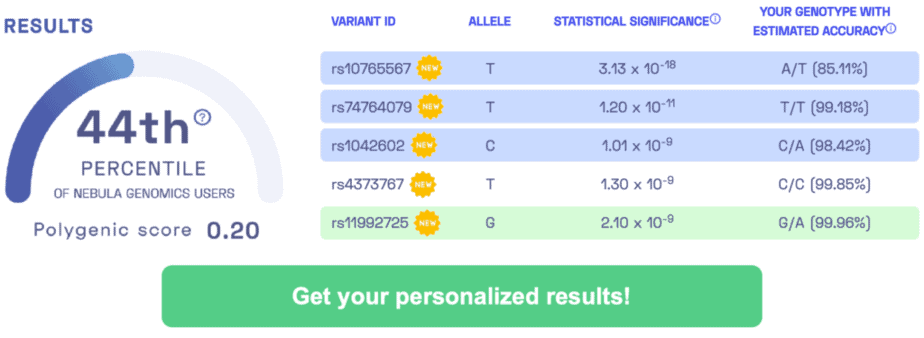STUDY TITLE: Sequence Variants in TAAR5 and Other Loci Affect Human Odor Perception and Naming
SUMMARY: Identification of a region of the genome associated with how intensely fish smell is perceived.
OVERVIEW: The perception of smell is enabled by olfactory receptors, which are proteins that bind odor molecules. Humans have about 350 olfactory receptor genes that each can detect a number of different odor compounds that together can create a vast number of different scents. However, when presented with the same smell, different individuals may perceive the smell’s intensity differently. This genome-wide association study looked at the genomes of over 11,000 Icelandic people to identify the genetics underlying differences in perception of the smell of fish. Researchers found one variant, located in a gene known as TAAR5, that is associated with how strongly people perceive the smell of fish. Interestingly, the TAAR5 gene encodes an olfactory receptor that has been found to be activated by odor molecules present in rotten but not fresh salmon. This suggests that the TAAR5 receptor may have a role in discouraging the ingestion of bacteria present in spoiled fish and other foods. The TAAR5 receptor has also been shown to detect other “stinky” odors, such as other animal smells, sweat, and bad breath.
DID YOU KNOW? Anosmia, or the loss of the sense of smell, can be an early sign of neurodegenerative disorders such as Alzheimer’s and Parkinson’s disease. [SOURCE]
SAMPLE RESULTS: Learn more about the Nebula Research Library.

SMELL INTENSITY-ASSOCIATED VARIANTS: rs41286168
ADDITIONAL RESOURCES:
How do we smell? (Video)
Is fish smelly?
YOU MAY ALSO BE INTERESTED IN:
Nasal Polyps (Kristjansson, 2019)
Perceived intensity of licorice smell (Gisladottir, 2020)
Recognition of cinnamon smell (Gisladottir, 2020)
WEEKLY UPDATE: October 17, 2020
